Ski bindings are a crucial component of your skiing equipment, connecting your boots to the skis and ensuring your safety and control on the slopes. Understanding the different types of ski bindings available can help you make an informed decision when it comes to selecting the right bindings for your skiing style and skill level. In this article, we'll explore the various types of ski bindings, their features, and how they can enhance your skiing experience.
Types of ski bindings
1. Alpine Ski Bindings
Alpine ski bindings, also known as downhill ski bindings, are the most common type of bindings used by recreational skiers. These bindings are suitable for skiing on groomed slopes and provide excellent control and stability. Alpine ski bindings feature a toe piece and a heel piece that securely clamp your boots to the skis. They offer reliable release mechanisms that can help prevent injury in case of a fall or excessive force.
2. Alpine Non-release Ski Bindings
Non-release ski bindings do not release your ski boot when falling. They are usually mounted directly to the skis and they allow adjusting to a variety of ski boots sizes.
Non-release ski bindings allow the prices of skis go as low as possible, while still ensuring proper fixation of your feet and safety. At Snowfeet, we use non-release ski bindings for most of our products. 
3. Touring Ski Bindings
Touring ski bindings, also called alpine touring (AT) bindings or randonnée bindings, are designed for skiers who enjoy both ascending and descending slopes. These bindings allow you to switch between a locked mode for uphill climbs and a free-heel mode for downhill skiing. Touring bindings offer a release mechanism similar to alpine bindings, ensuring safety during downhill descents. They also feature a walking mode that allows for easier and more efficient hiking or skinning uphill. One of the most famous producers of AT bindings is for example Salomon.

4. Telemark Ski Bindings
Telemark ski bindings, also known as Nordic or free-heel bindings, are popular among skiers who prefer the fluid, graceful turns of the telemark skiing technique. These bindings have a flexible connection at the toe and heel, allowing for a free range of motion in the boot. Telemark bindings offer a unique feel and require specific boots with a duckbill-shaped toe and a flexible sole. They provide a more traditional and relaxed skiing experience compared to alpine bindings. The telemark ski bindings you can see bellow are by Voile. 
5. Snowboard-Style Ski Bindings
Snowboard-style ski bindings, sometimes called "ski boarding" bindings, are designed to mimic the bindings used in snowboarding. These bindings allow for lateral movement of the boot and provide a more surf-like feel on the slopes. They are often used with wider skis and are favored by skiers who enjoy park and freestyle skiing. Snowboard-style bindings offer increased maneuverability and playfulness, enabling skiers to perform tricks and jumps with ease. At Snowfeet, we value comfort easy ride, therefore we have developed our own snowboard bindings for our skiboards and skiskates.
Gear up for your next winter adventure
How many types of ski bindings are there?
There are primarily two types of ski bindings: alpine bindings and touring bindings. Alpine bindings are designed for downhill skiing on groomed slopes, while touring bindings, also known as AT (alpine touring) bindings, are designed for backcountry skiing, allowing you to climb uphill as well as ski downhill.
Is there a difference in ski bindings?
Yes, there are several differences between ski bindings. Alpine bindings are typically heavier and provide a more secure connection to the ski, optimizing power transmission. On the other hand, touring bindings are lighter and offer a free heel mode for climbing. They also have releasable features to enhance safety in backcountry environments.
How do I choose the right binding?
To choose the right ski binding, consider the following factors:
Skiing Style
Determine your preferred skiing style and terrain. Alpine bindings are suitable for on-piste skiing, while touring bindings are ideal for off-piste and backcountry adventures.
Skill Level
Consider your skill level. Beginners generally benefit from bindings with lower release settings to prevent unintentional releases. Advanced skiers may prefer bindings with higher DIN settings for increased performance.
Boot Compatibility
Ensure that the bindings are compatible with your ski boots. Different bindings have specific boot sole requirements, so check the compatibility before making a purchase.
DIN Setting
Determine the appropriate DIN setting range for your weight, skill level, and skiing ability. Higher DIN settings are suitable for more aggressive skiers or those with a higher weight. 
How do I know what kind of ski bindings I need?
Consider your skiing style, skill level, terrain preferences, and whether you'll be primarily skiing on-piste or venturing into the backcountry. If you primarily ski groomed slopes, alpine bindings are suitable. If you enjoy backcountry skiing and climbing uphill, touring bindings are the way to go. Assess your needs and consult with a knowledgeable ski shop or professional to determine the best bindings for you.
What is the difference between AT and Alpine bindings?
The main difference between AT (alpine touring) and alpine bindings is their functionality. AT bindings have a touring mode that allows you to release the heel for uphill climbing. They also have specialized features such as heel risers and touring-specific brakes. Alpine bindings, on the other hand, are designed solely for downhill skiing, with a fixed heel and sturdy construction. 
Do I want stiff or soft bindings?
The stiffness of bindings depends on your skiing style, preference, and skill level. Stiff bindings provide better power transmission and responsiveness, making them suitable for aggressive skiers who enjoy high-speed skiing or freeriding. Soft bindings offer more forgiveness and are often preferred by beginners or skiers who prioritize comfort over performance.
Do pros use stiff or regular bindings?
Professional skiers typically prefer stiffer bindings. These bindings provide a more direct transfer of power and control, allowing pros to push their limits and execute precise movements at high speeds. However, binding stiffness is also a matter of personal preference, and some pros may opt for bindings with a moderate flex depending on their specific needs and skiing style.
Should beginners use regular or stiff bindings?
Beginners are generally advised to use bindings with a more forgiving and moderate flex. Softer bindings are more forgiving, allowing beginners to make mistakes without risking injury. These bindings have lower release settings, making it easier for beginners to release their boots when needed. Stiff bindings, on the other hand, provide better power transmission and responsiveness, but they require more precise movements and can be less forgiving for beginners.
Choose length and type of bindings that suits you best
How do you know if ski boots fit ski bindings?
To ensure that your ski boots fit your ski bindings properly, follow these steps:
Check the Boot Sole Length (BSL)
The BSL is the length of the boot sole measured in millimeters. It should match the specified range for your ski bindings. The BSL is usually printed on the side of the boot sole or can be found in the boot's documentation.
Adjust the Toe Height
The toe piece of the binding should securely hold the boot toe without excessive play. It should engage with the boot's toe lugs properly.
Adjust the Heel Height
The heel piece of the binding should securely hold the boot heel. It should engage with the boot's heel lug and allow for proper release when necessary.
Test Release Functionality
Make sure the bindings release appropriately when you apply pressure in various directions. Consult a professional ski technician if you are unsure about the release settings.
How do I know if my ski bindings are GripWalk?
GripWalk is a boot sole standard designed to improve walking comfort and grip when wearing ski boots. To determine if your ski bindings are GripWalk compatible, check the markings on the bindings. Look for the "GW" symbol, which indicates compatibility with GripWalk soles. Additionally, the documentation or labeling of the bindings should specify GripWalk compatibility.
What does SNS mean on skis?
SNS stands for "Salomon Nordic System," which is a binding system specifically designed for cross-country skiing. SNS bindings feature a two-part design with a metal bar on the boot that engages with the binding. SNS bindings provide good control and stability for classic cross-country skiing.
Can I adjust my own bindings?
Adjusting ski bindings should generally be done by a certified ski technician or professional. Binding adjustments require precise knowledge and specific tools to ensure correct settings and proper release function. It is important to follow industry standards and guidelines to maintain ski safety.
However, this does not apply to Snowfeet bindings. Snowfeet bindings can be comfortably adjusted at home, using a screwdriver. 
Can I change bindings on my skis?
Changing bindings on skis can be done, but it is recommended to have it done by a certified ski technician. Proper installation of bindings requires specific knowledge, tools, and expertise to ensure correct mounting and release functionality.
Conclusion
Choosing the right ski bindings is essential for optimizing your skiing performance, comfort, and safety. Whether you're a beginner, an avid backcountry adventurer, or a park enthusiast, there's a binding type suitable for your needs. Alpine bindings provide stability and control on groomed slopes, touring bindings offer versatility for uphill climbs, telemark bindings offer a classic skiing experience, and snowboard-style bindings cater to freestyle skiers.
When selecting ski bindings, it's crucial to consider factors such as your skill level, skiing style, and compatibility with your boots and skis. Consulting with knowledgeable professionals, such as ski shop experts or certified ski instructors, can provide valuable guidance in choosing the right bindings for your specific requirements.
Remember, ski bindings play a vital role in your skiing experience, so investing in high-quality bindings and ensuring proper adjustment and maintenance is crucial. With the right bindings, you can enjoy enhanced performance, improved control, and a safe and enjoyable time on the slopes.




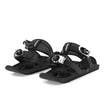
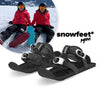





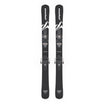

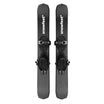




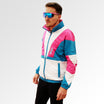

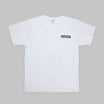



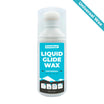


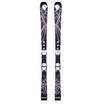

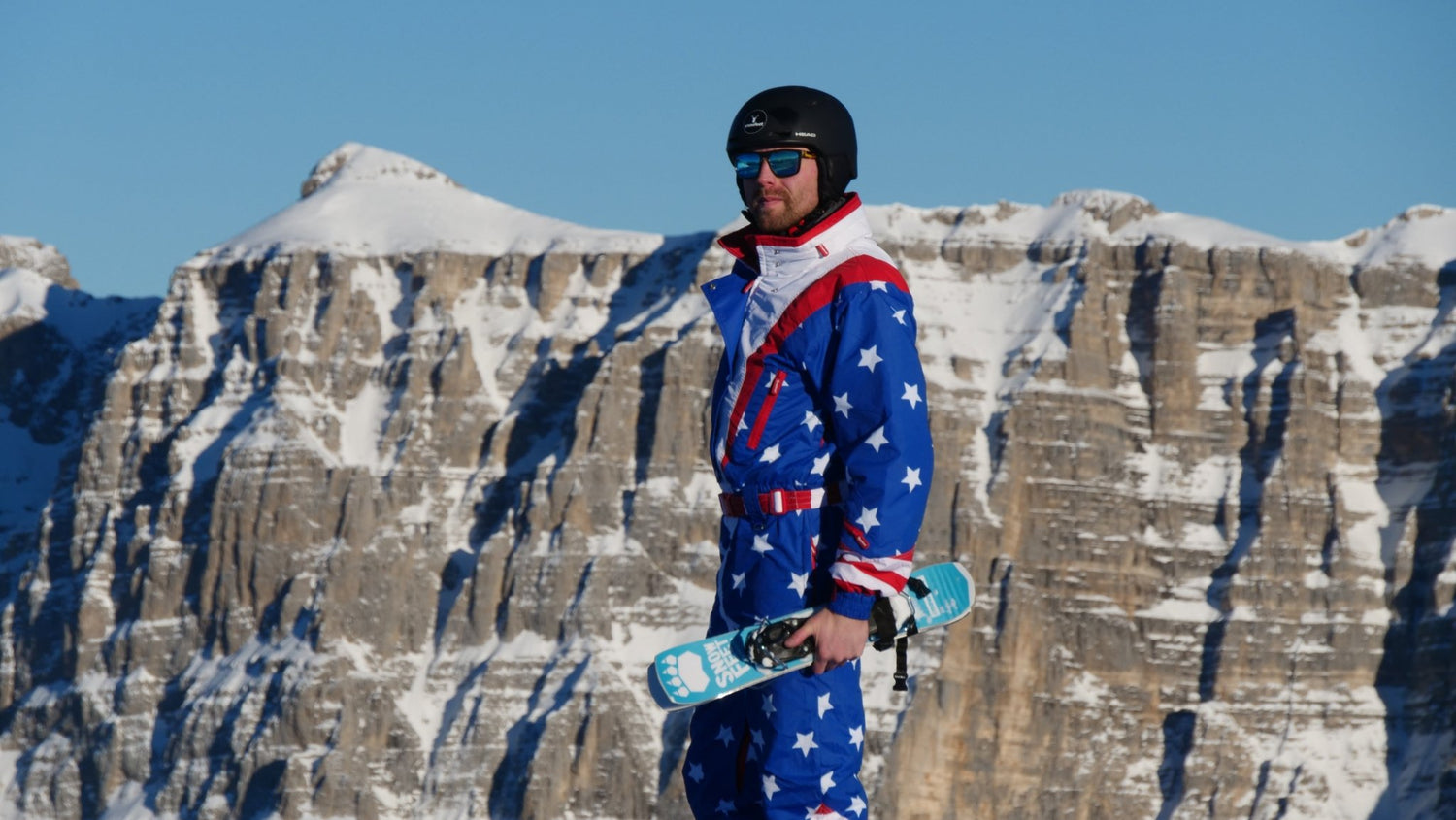









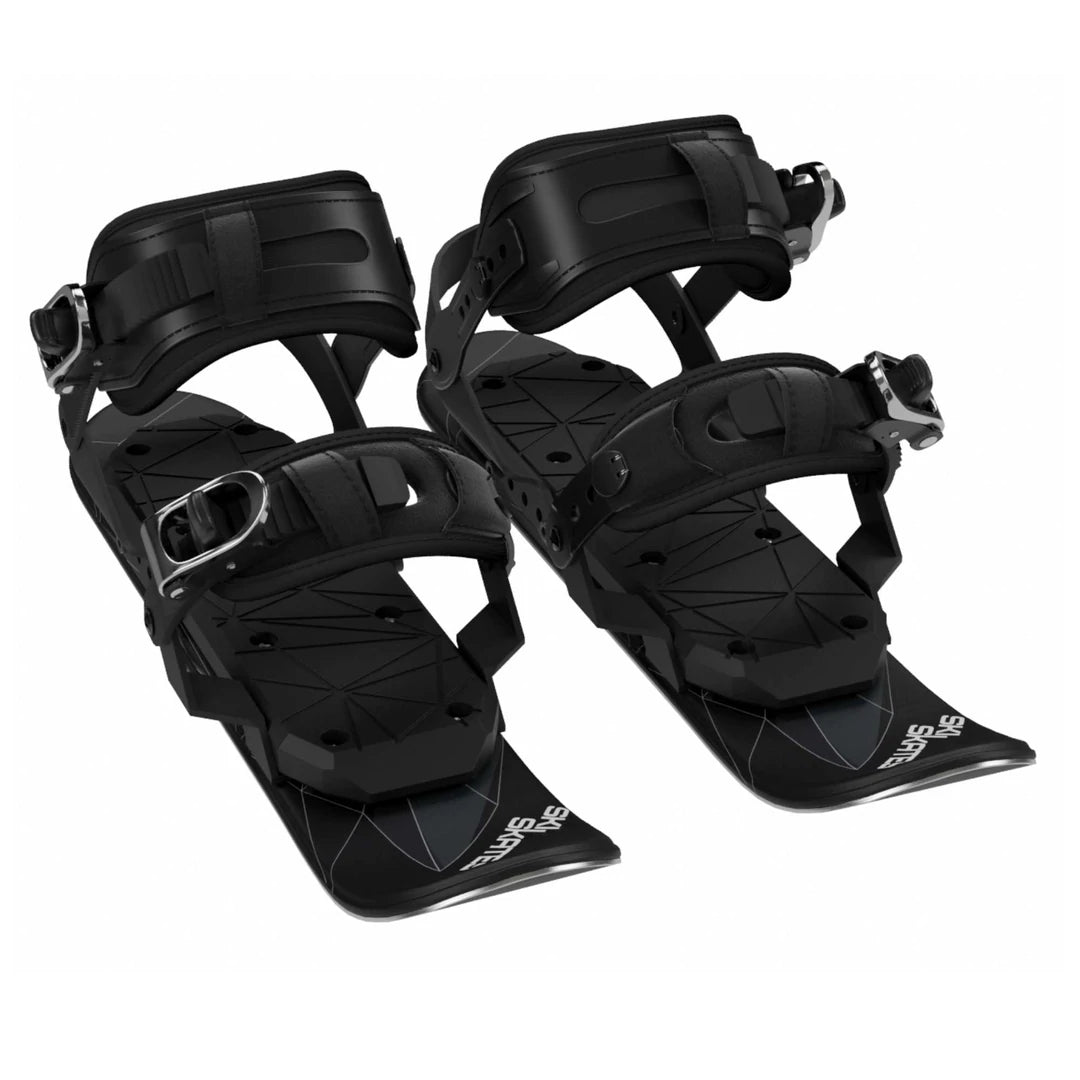
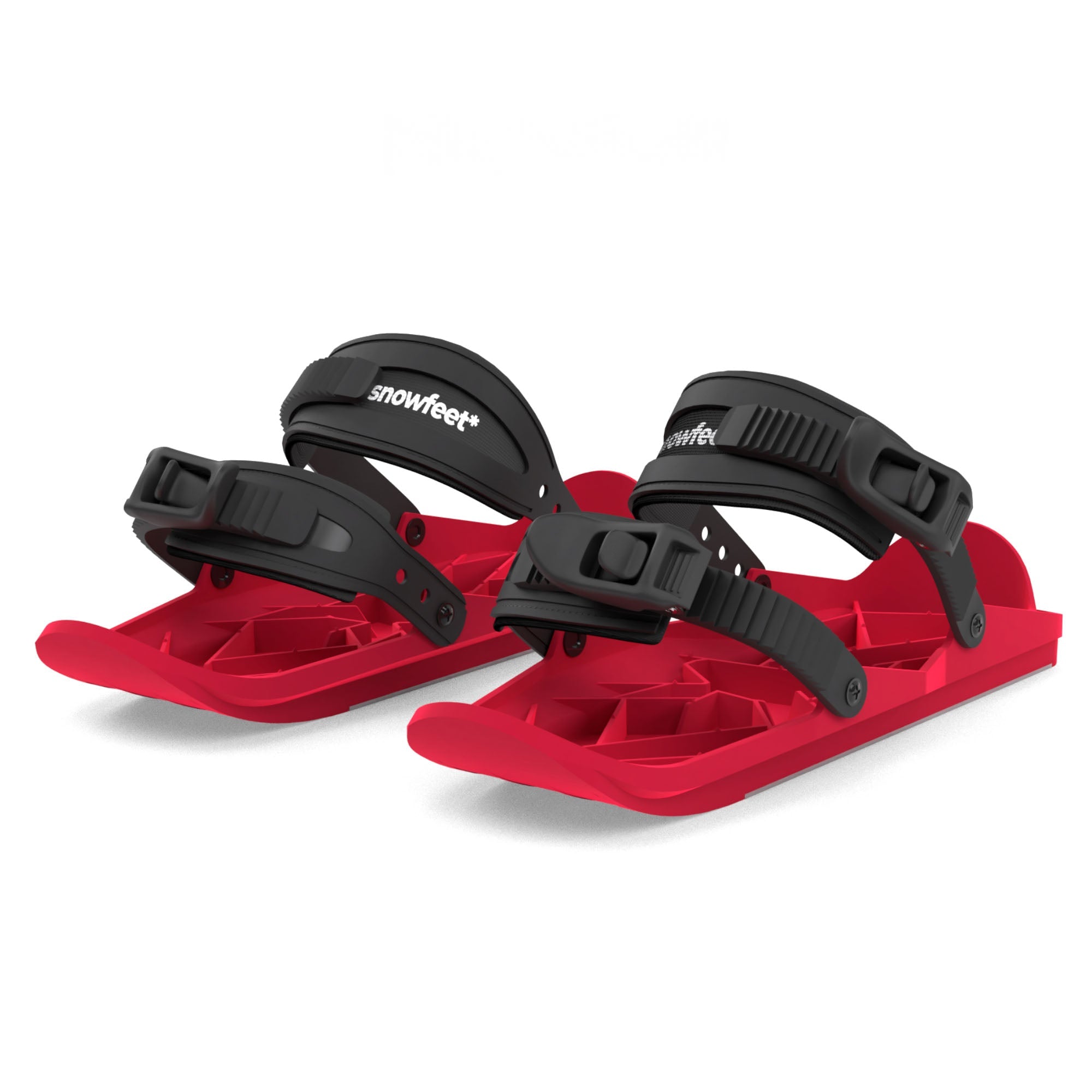











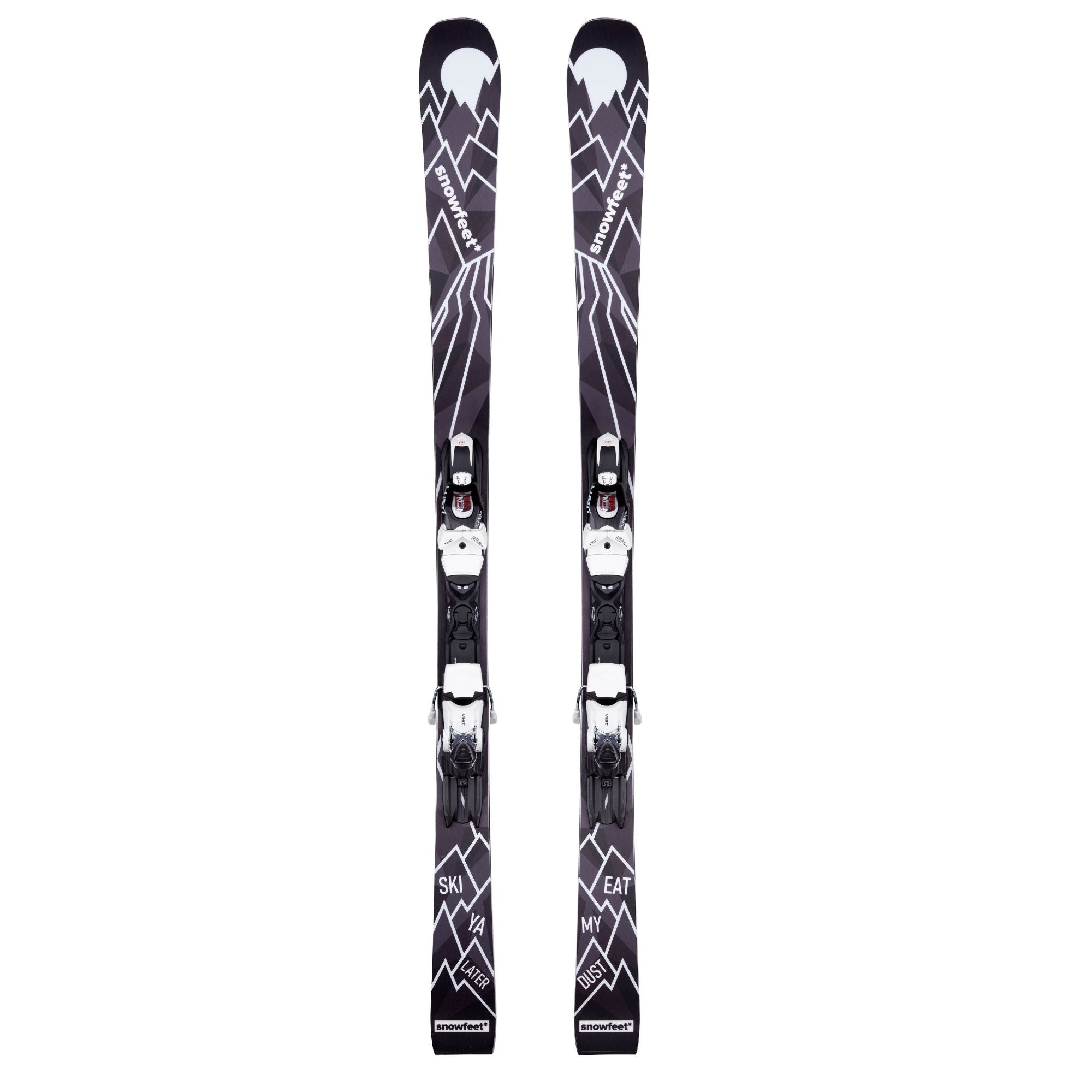

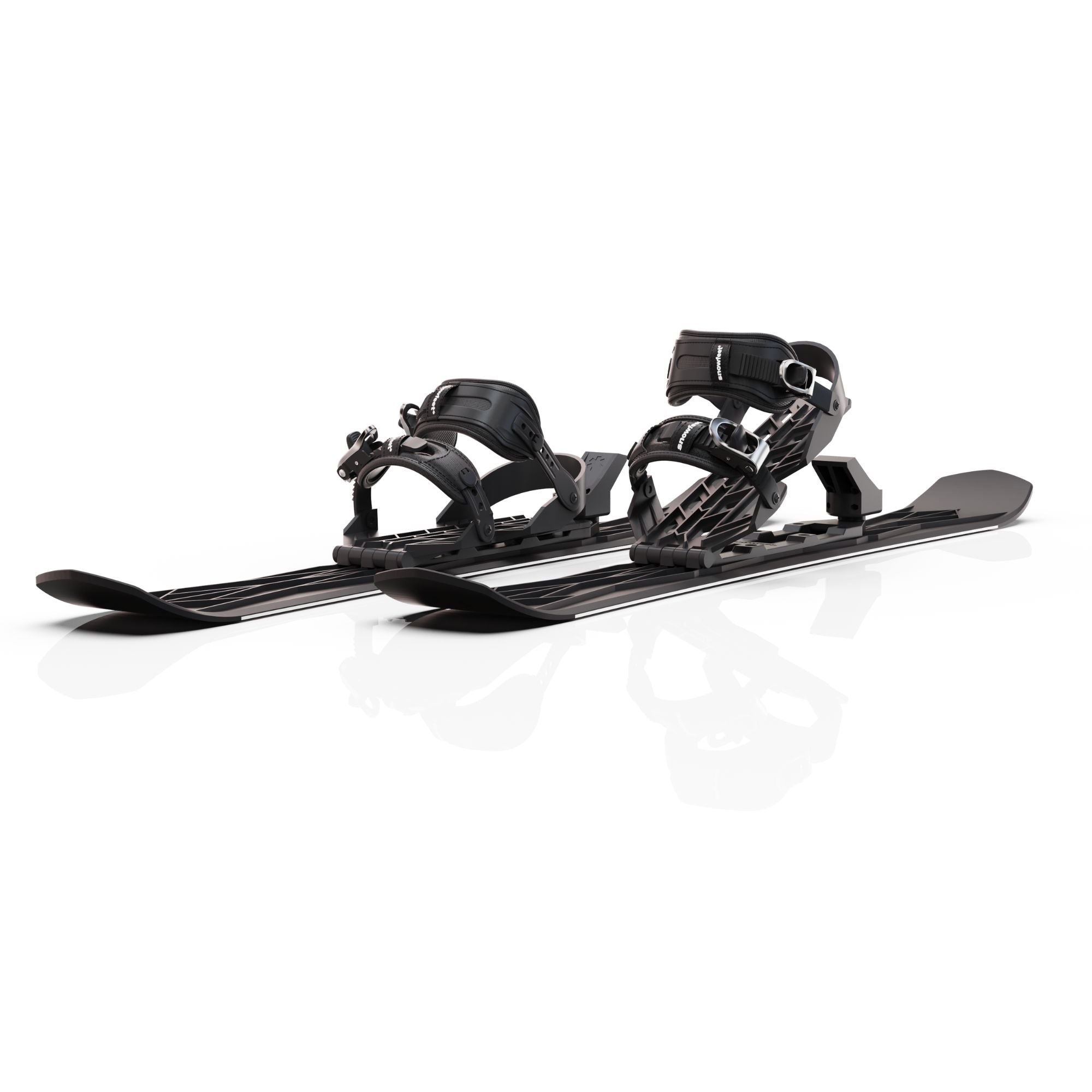


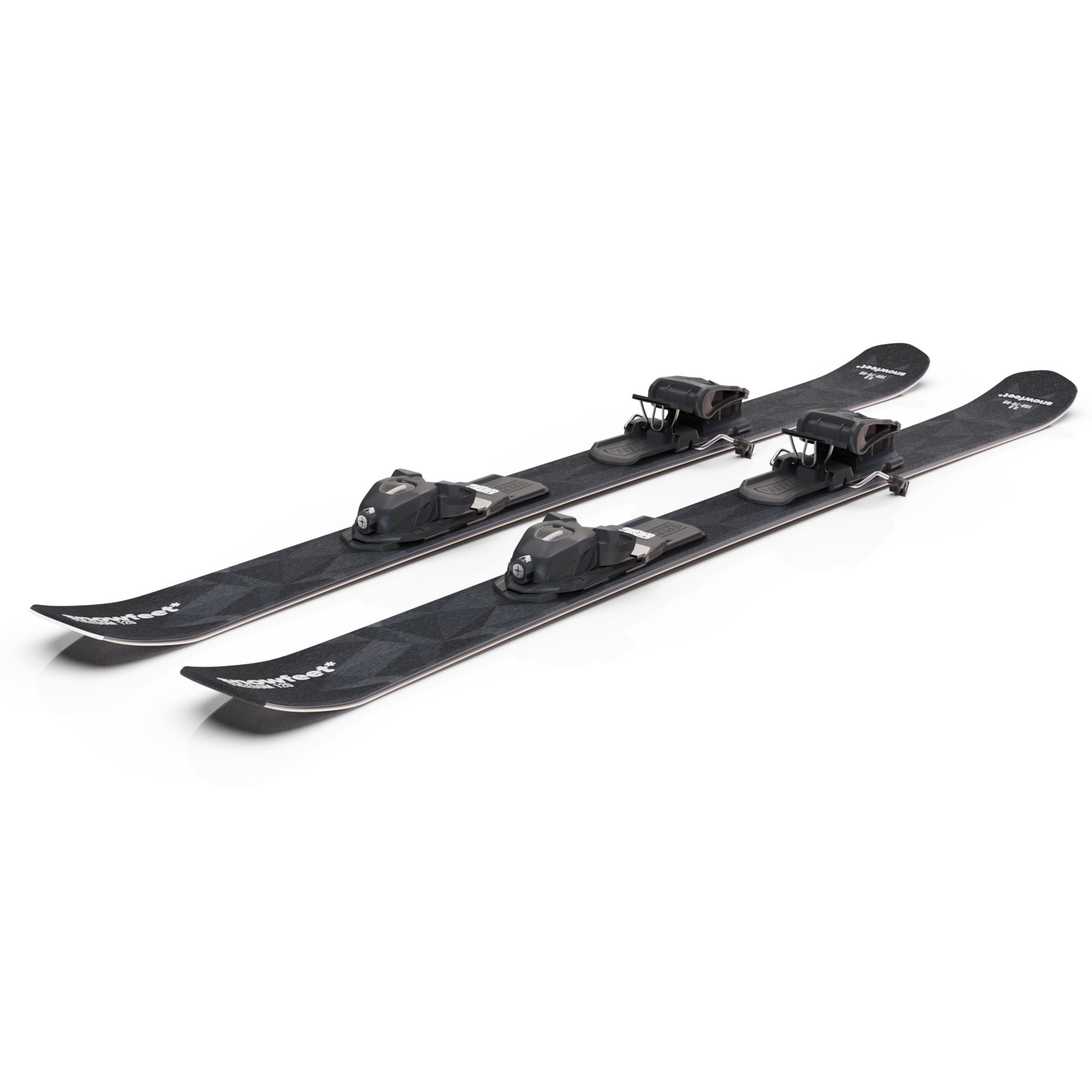

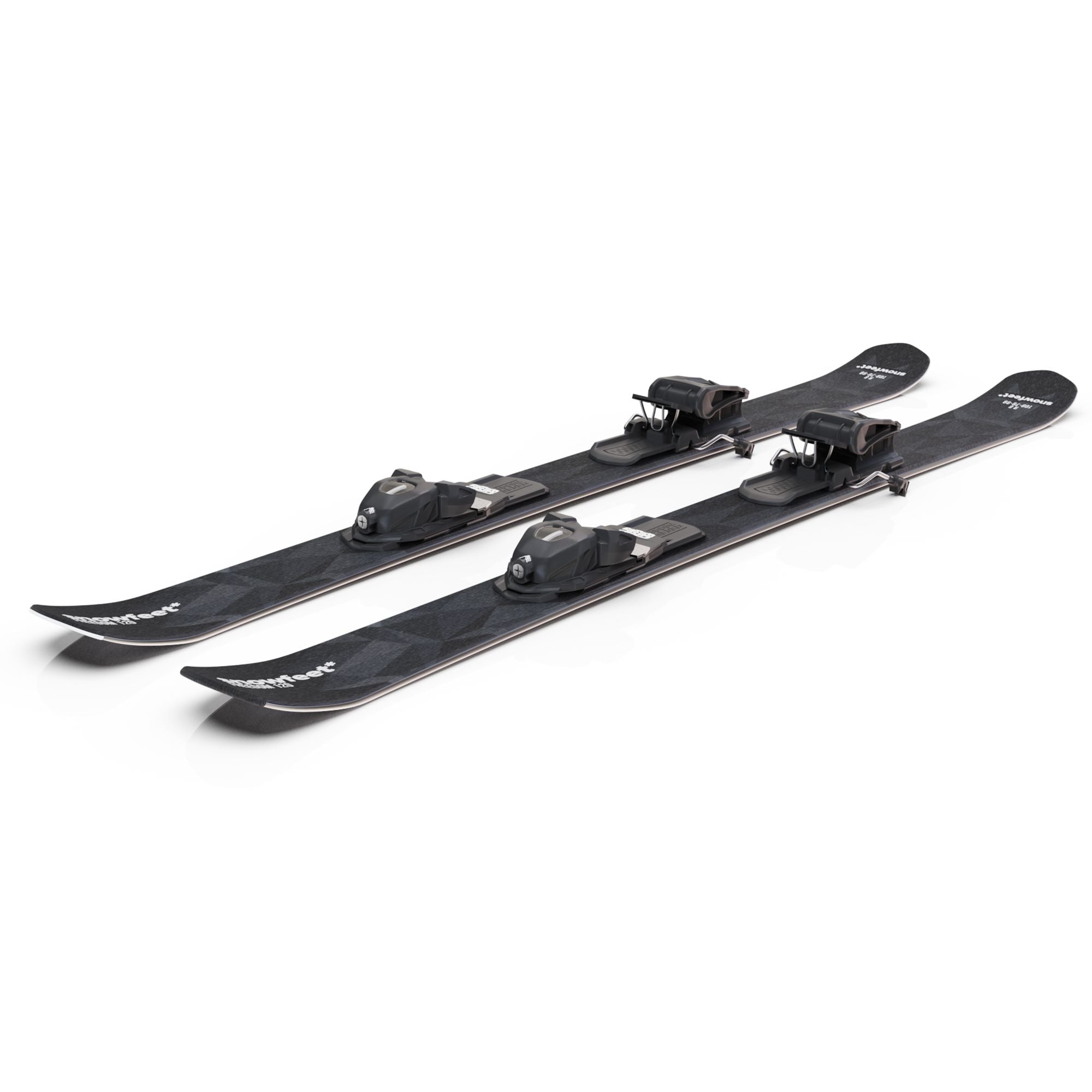
Laisser un commentaire
Ce site est protégé par hCaptcha, et la Politique de confidentialité et les Conditions de service de hCaptcha s’appliquent.